SUMMARY
This is AI generated summarization, which may have errors. For context, always refer to the full article.
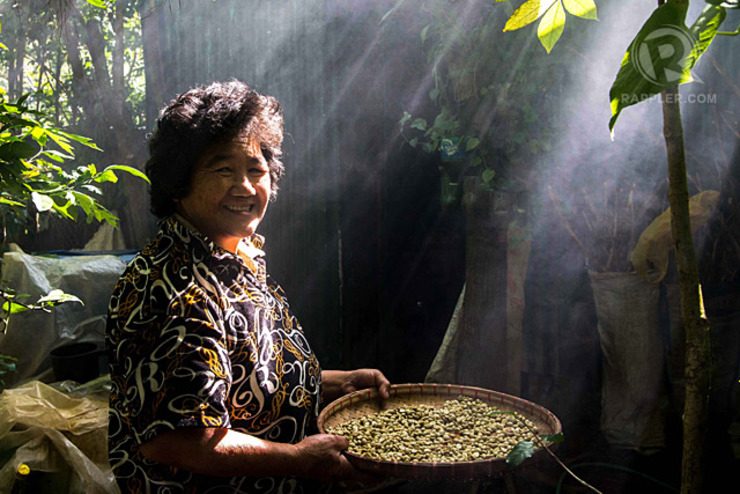
BENGUET, Philippines – The Philippines is considered as one of the world’s top producers of gold, most of it mined from Benguet, Bicol, and Compostela Valley. Despite the promise of riches buried in the mountains, people in communities still struggle to make a living.
Josephine Chavez, 60, is a Kankanaey – an indigenous tribe and lineage of Igorots in the province of Benguet. She lives in the mining community in the highlands of Sitio Luneta, Antamok, in the province of Benguet. She is the widow of Ruben Chavez, a former miner of the now-defunct Benguet Mining Corporation.
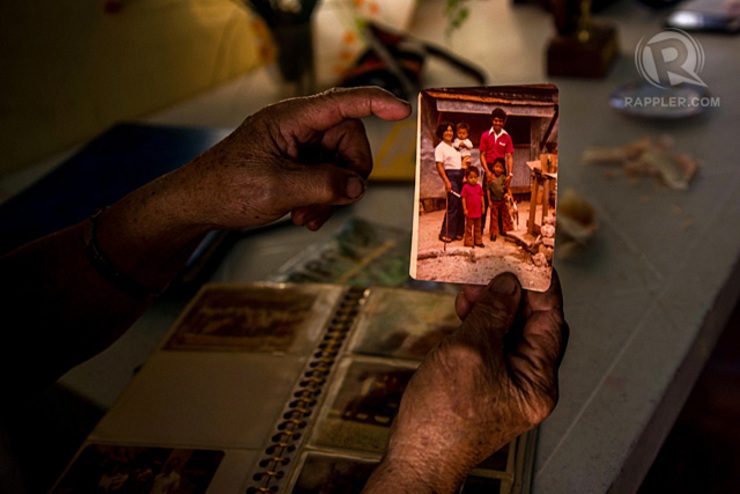
Chavez died from kidney failure. Josephine was left to raise the children.
“Ruben was very hard-working. He worked as a guard and eventually a miner when Benguet Corporation was still in operation. Through him we were able to buy this house here in Luneta,” she says in Ilocano.
She opened a small store, sold, raised her 4 children, lived a simple life. She gathered chips from pine trees she sold to miners, who used the flakes as coal. There was no assistance from Benguet Corporation after her husband’s death, she said, but she accepted help from the Luneta Miner’s Association.
Benguet Corporation was closed in 1988. Its open pit mining project in Antamok, however, is still considered an environmental hazard.
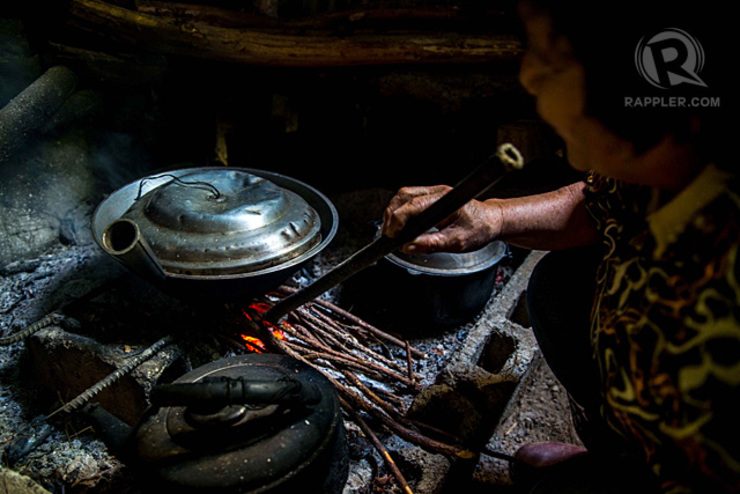
In her youth, Josephine would go into the mines with friends to dig for gold ore. She called it an adventure.
“Back in the old days,” she says, “women could get inside the mining sites. We wanted to experience the thrill of working as miners. Now, even though some still go in, most women are allowed in the processing area only, where they wash what could be gold ores, and keep an eye on their children.”
Women are involved from the ore-cracking process all the way to purification. They are known as the most knowledgeable and skilled in the handling of the earthenware crucible called gangi. The women deal with the transportation of ore out of the small tunnels, crushing the ore into smaller sizes, separating the gold from the rocks, smelting and purifying what is left.
Though Josephine was able to send her children off to college, most of them have chosen lives in the mining industry.
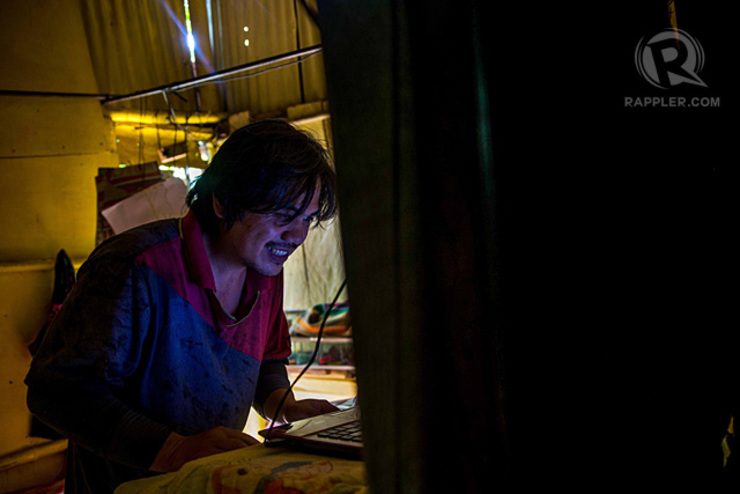
Her eldest son Gardner, now 40, was a miner before he began to assist her in running her small store. Another son, George, 35, is dependent on his mother, after he suffered from depression when he failed to find a job after finishing his degree in Business Administration. Josephine had to take care of George every day.
“Now that I’m old, my son and I are helping each other every day,” says Josephine.
She adds that she owes everything to her husband.
In 2000, the Bureau of Labor and Employment Statistics recorded 78 related deaths in the occupational sector of mining. In 2002, 822 deaths were recorded, with an increase of over 1,000%.
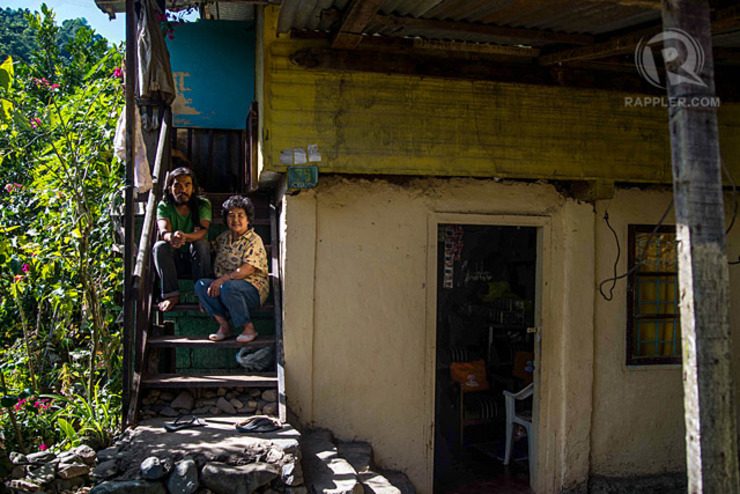
– Rappler.com
This photo documentary is part of the photographer’s story during the 9th Photojournalist Center of the Philippines workshop held at La Trinidad, Benguet in November 2014.
Add a comment
How does this make you feel?
There are no comments yet. Add your comment to start the conversation.